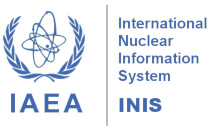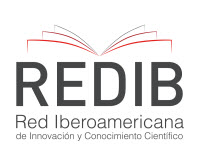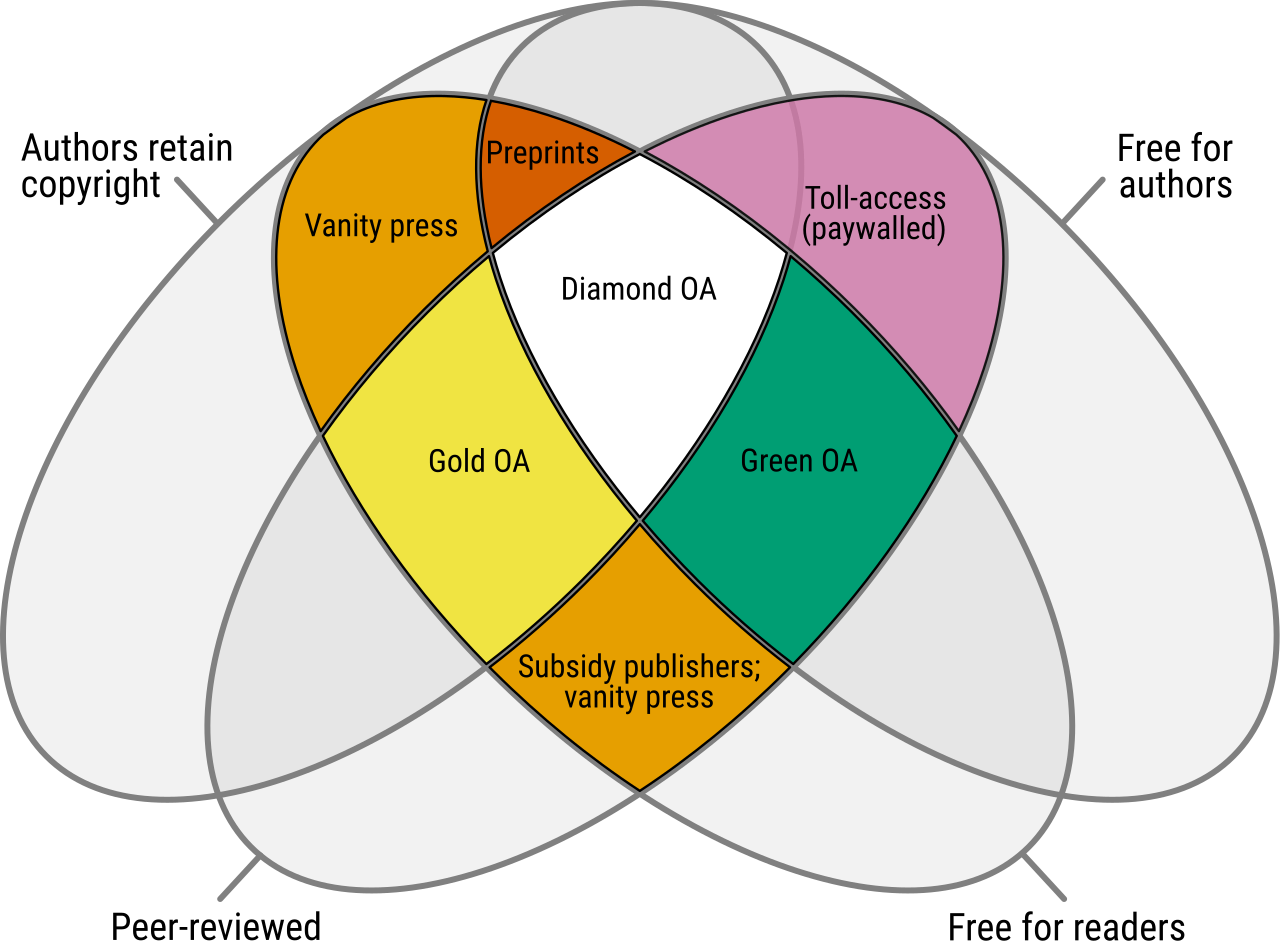New article published: V. 13 n. 1 (2025)
Considering the Figure of Merit as a parameter of optimization in Mammography: a case study of the performance in a CR and a DR system
Abstract: Mammography is an important examination for the early detection of breast cancer, and its use requires radiation protection considerations to ensure the lowest possible risk to the patient. The Figure of Merit (FOM) is a commonly used tool to quantify the relation between image quality and radiation dose. Higher FOM values suggest the most appropriate set of radiographic parameters to use in the examination. The objective of this study was to use the FOM as a metric for evaluating the optimization of two different clinical practices, one using a computed radiography (CR) system and the other using a digital radiography (DR) system. For both systems, three PMMA thicknesses were used (2, 4 and 7 cm), and acquisitions were performed at four voltage values commonly applied in clinical routines. Manual and automatic exposure modes were used for both systems. The CR system used Mo/Mo and Mo/Rh target-filter combinations, while the DR system used W/Rh and W/Ag. The image quality parameter used was the Contrast-to-Noise Ratio (CNR), and the considered dosimetric quantity was the Mean Glandular Dose (MGD). The FOMs presented relevant dependence on voltage and PMMA thicknesses, as well as variations with the different target-filter combinations. For both systems, when using 2 cm of PMMA, the FOM results were higher in the automatic acquisition mode. For 4 and 7 cm of PMMA, however, manual parameter adjustments became more relevant. These results reinforce the value of FOM as an important parameter in determining the most suitable acquisition settings for each analyzed equipment. Read full article.






















